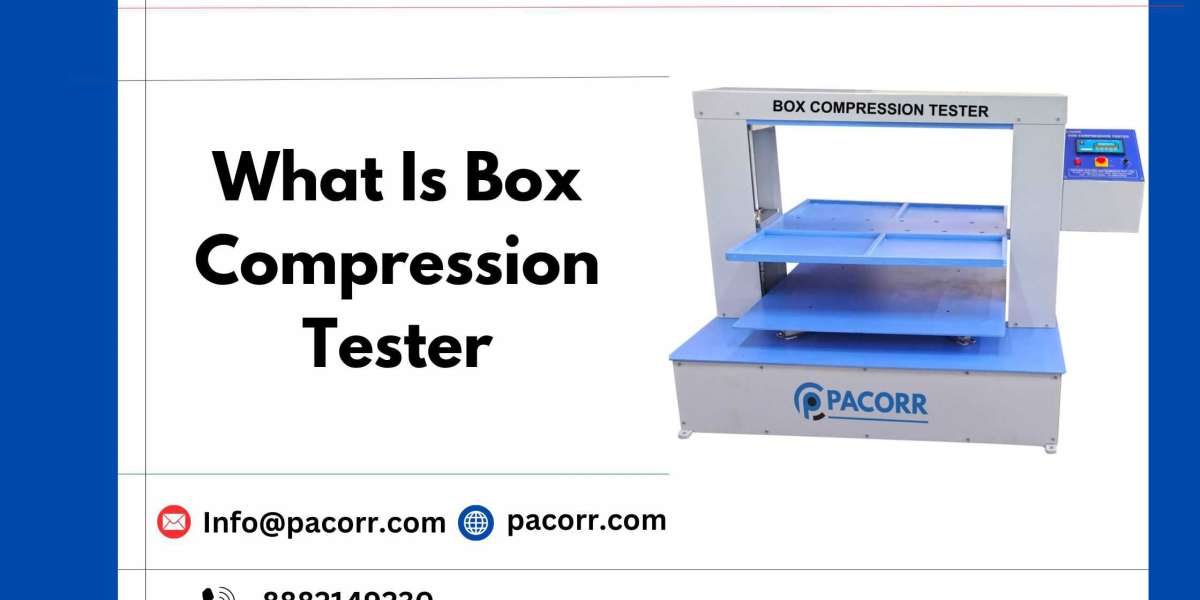This guide explores the significance of Box Compression Testing, how it works, its benefits, and why it's essential for businesses in various industries.
What is Box Compression Testing?
Box Compression Testing involves applying a compressive force to a box to determine how much pressure it can endure before failing. The test simulates the stresses packaging will face during transit, storage, and handling. The goal is to assess the box’s ability to resist crushing or deformation when subjected to stacked weights or pressure during shipment.
Why is Box Compression Testing Vital?
The need for effective packaging has become increasingly important, especially with the rise in global trade and e-commerce. Box Compression Testing plays a key role in:
- Testing Packaging Strength: Ensuring that boxes can handle the weight and pressure applied during stacking and transit.
- Preventing Product Damage: Packaging that isn’t strong enough can lead to product damage, customer dissatisfaction, and costly returns.
- Quality Control: Box Compression Testing ensures packaging consistently meets required standards for durability.
- Regulatory Compliance: Different industries have packaging regulations, and Box Compression Testing ensures that these standards are met.
How Does a Box Compression Tester Function?
A Box Compression Tester works by simulating the conditions that boxes will encounter during shipping. Here’s how the process typically works:
- Positioning the Box: The box is placed between two plates of the tester.
- Applying Force: The machine applies pressure to the box incrementally.
- Measuring Failure: The force at which the box fails or deforms is recorded. This value indicates the box's compression strength.
Key Features of a Box Compression Tester
To ensure reliable and accurate testing, modern Box Compression Testers come with various features:
- Accurate Load Cells: These sensors precisely measure the compressive force applied to the box.
- Customizable Settings: Testers allow users to adjust the speed and pressure to replicate different shipping and handling conditions.
- Digital Displays: Many testers come with digital screens that show real-time results, making it easier to track and analyze the test outcomes.
- Robust Build: These machines are designed to withstand continuous use and deliver reliable results over time.
Types of Box Compression Testers
Box Compression Testers come in different types, each designed for specific needs:
- Manual Testers: These are more affordable and are ideal for small-scale testing or low-volume operations.
- Automated Testers: These models are fully automated, providing faster and more consistent results, making them suitable for high-volume testing.
- Universal Testers: These versatile machines can test a wide range of box sizes and materials, providing flexibility across various industries.
Applications of Box Compression Testing
Box Compression Testing is relevant across numerous industries. Here are some key applications:
- Packaging and Manufacturing: Ensuring packaging materials can withstand the rigors of handling and shipping.
- Consumer Goods: Protecting fragile or perishable products by ensuring they are securely packaged.
- Electronics: Safeguarding electronic devices during transport to prevent costly damages.
- Food and Pharmaceuticals: Complying with regulations and ensuring packaging integrity for sensitive items.
Why Choose Pacorr’s Box Compression Tester?
Pacorr’s Box Compression Tester Price stands out for several reasons:
- Precision: Equipped with top-tier load cells for accurate and consistent results.
- User-Friendly: Designed for ease of use, reducing the time and effort needed for setup and testing.
- Flexibility: Accommodates various box sizes and materials, making it suitable for diverse industries.
- Durability: Built with high-quality components to ensure long-lasting performance.
- Advanced Data Analysis: Many models offer software integration for detailed analysis and record-keeping.
Sustainability in Packaging: How Box Compression Testing Helps
Sustainability has become a key focus in packaging design. Box Compression Testing can contribute to environmental goals by:
- Optimizing Packaging Designs: By identifying weaknesses, manufacturers can reduce material use while ensuring packaging strength.
- Improving Shipping Efficiency: Stronger, well-designed packaging helps reduce the need for excessive materials and can make stacking more efficient, lowering transportation costs and the carbon footprint.
Industry Standards for Box Compression Testing
Adhering to industry standards is essential for reliable and consistent Box Compression Testing. Key standards include:
- ASTM D642: A standard test method for measuring the compression strength of corrugated boxes.
- ISO 12048: An international standard for testing the compression resistance of packaging containers.
- ISTA 3A: A packaging testing standard by the International Safe Transit Association for evaluating the durability of packaging materials during shipping.
Conclusion
Box Compression Testing is an indispensable tool for businesses that rely on packaging to protect their products. Whether you’re in the food industry, electronics, or any other sector that requires reliable packaging, testing the strength of boxes is critical to ensuring that goods reach their destination safely.
Pacorr’s Box Compression Tester is designed to provide precise, efficient, and consistent testing. It’s a vital tool for manufacturers, distributors, and retailers who need to meet quality control standards, reduce costs, and ensure that their packaging can withstand the stresses of shipping.
Contact Us:
- Email: [email protected]
- Phone: 8882149230
- Visit our website at pacorr.com for more details on our testing instruments.








